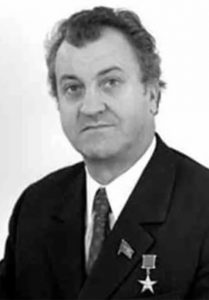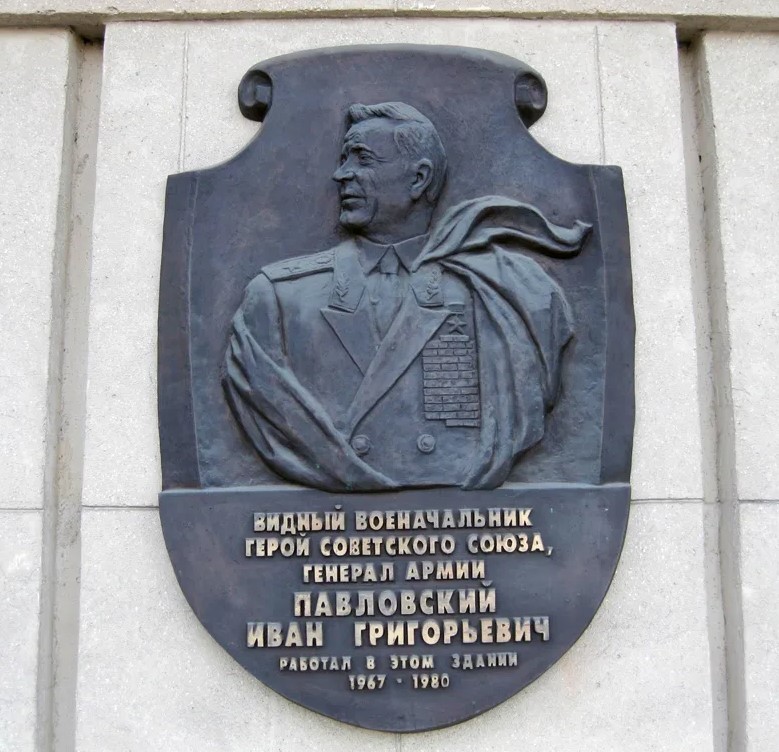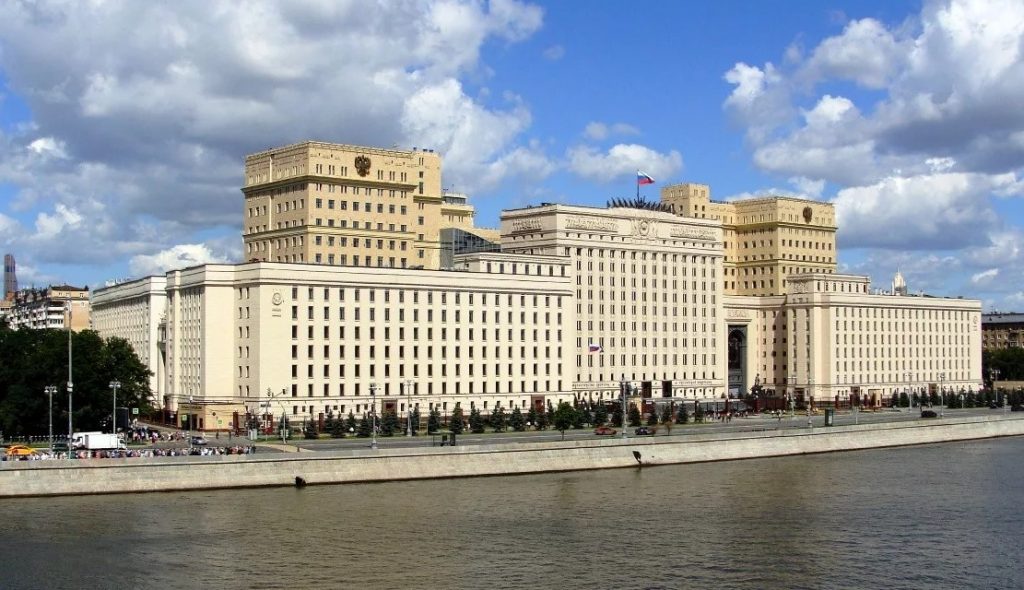Ivan Grigoryevich
Pavlovsky
1909-1999

Ivan Grigoryevich Pavlovsky was head of the Volga railway, the city of Saratov. He was born on July 5, 1922 in the village of Latygol (now it is in Sennensky district), Vitebsk region of Belarus. In 1941 he graduated from the College of Railway Transport in the city of Orsha. He began his career as a duty officer at the Sama station of the Sverdlovsk Railway. Then he worked as a deputy station chief, engineer of the Nadezhdinsky traffic department, head of the Turyinsky Mines, Lesnaya Lupus and Verh-Neuvinsk stations of this railway. Later he was an inspector of the Voronezh branch, deputy head of the Voronezh-2 station of the South-Eastern Railway. In 1950 he graduated from the Leningrad Institute of Railway Engineers. He worked as a deputy head, head of the operation department of the Chelyabinsk branch of the South Ural Railway. Since 1953 he had been Head of the Stalingrad-1 station of the Volga Railway. In 1959 he was appointed to one of the most heavily loaded areas of the railway network – the head of the Rtishchevsky branch of the same Volga Railway. Since 1961, he worked as first deputy chief, and from 1967 to 1972 he was head of the Volga Railway (the road administration is in the city of Saratov). By the decree of the Presidium of the Supreme Soviet of the USSR dated July 20, 1970, for high production successes and in connection with the 100th anniversary of its foundation, the Volga Railway led by him was awarded the Order of Lenin. By decree of the Presidium of the Supreme Soviet of the USSR dated May 4, 1971, for outstanding achievements in fulfilling the task of the five-year transportation plan and improving the efficiency of using technical means of railway transport, Ivan Grigoryevich Pavlovsky was awarded the title of Hero of Socialist Labor with the award of the Order of Lenin and the Hammer and Sickle gold medal. In 1972-1977 he was Deputy Minister – Head of the Main Traffic Department, and from January 14, 1977 to November 29, 1982 – Minister of Railways of the USSR. Under his leadership, an increase in throughput and carrying capacity on the network was organized, the introduction of technology for driving long and heavy trains, the transfer of a number of directions to electric traction, the lengthening of station tracks and the construction of new marshalling yards. In 1982-1984 he was First Deputy Permanent Representative of the USSR in the Council of Mutual Economic Assistance (COMECON). Since April 1984 he retired. He was Deputy of the Supreme Soviet of the USSR of the 9th – 10th convocations (04.10.1977 – 1984). He lived in Moscow. He died on July 22, 2007. He was buried at the Troekurovsky Cemetery in Moscow. He was awarded the Orders of Lenin (4.05.1971), the October Revolution (2.07.1982), 2 Orders of the Red Banner of Labor (1.08.1959; 4.08.1966), the medal “For Labor Distinction” (31.07.1954), and other medals.
Address: Moscow, Frunzenskaya nab., 22, p. 2

